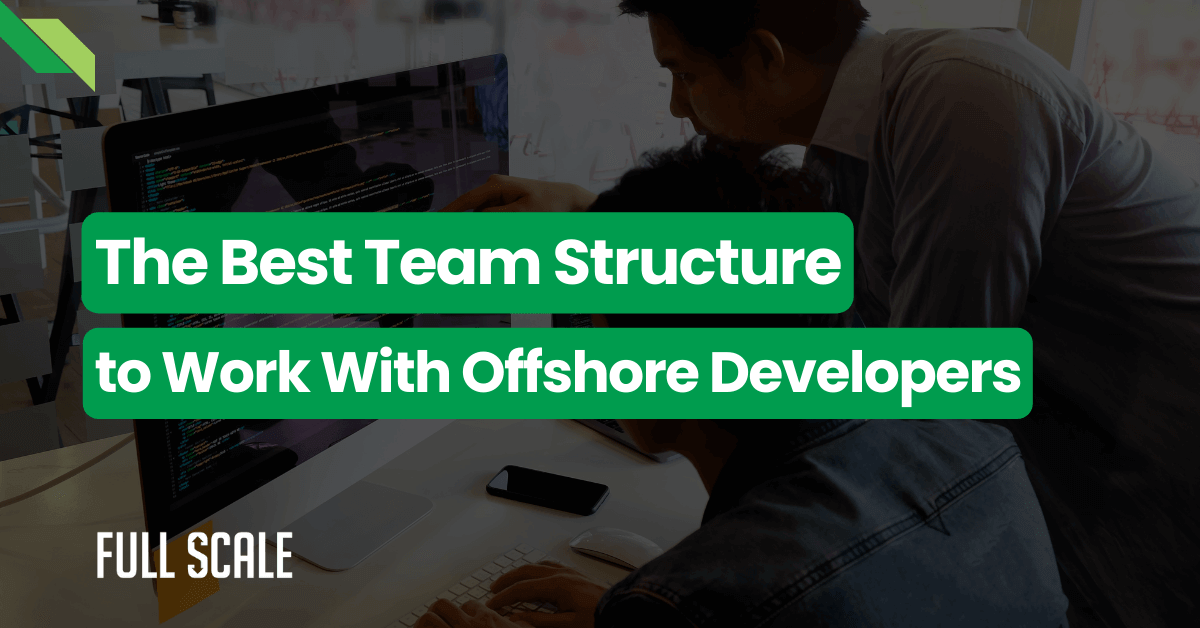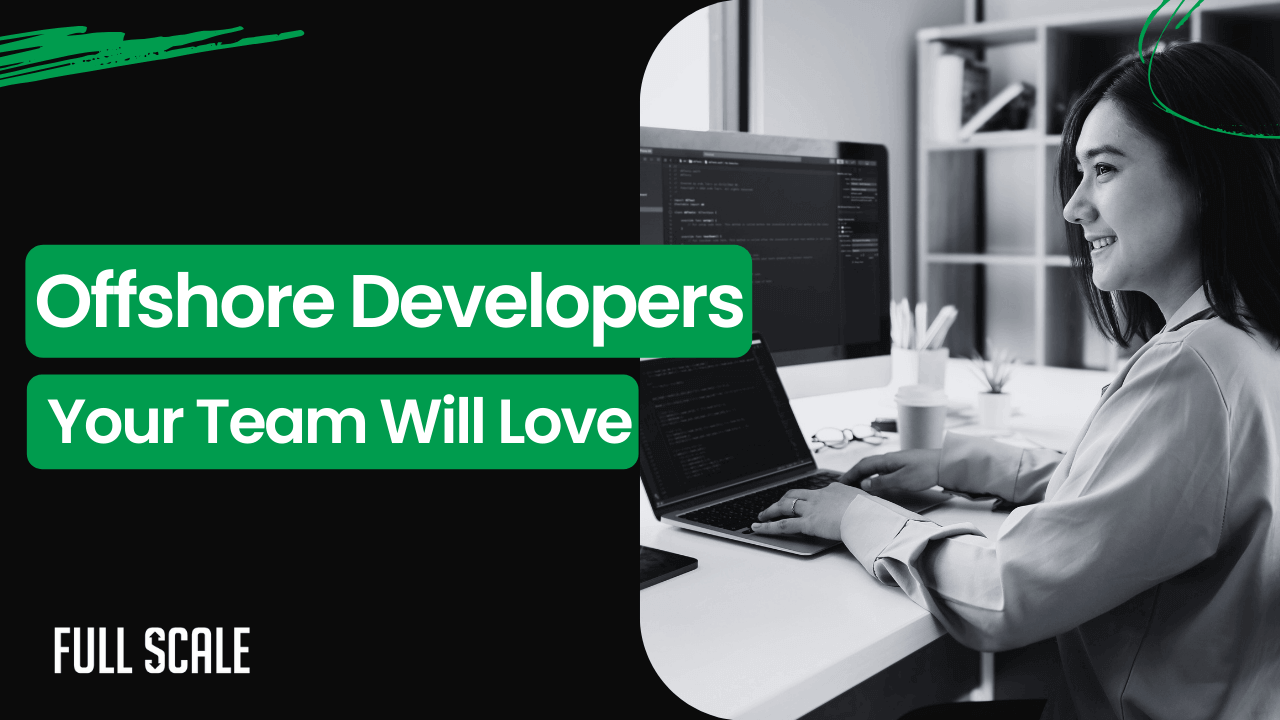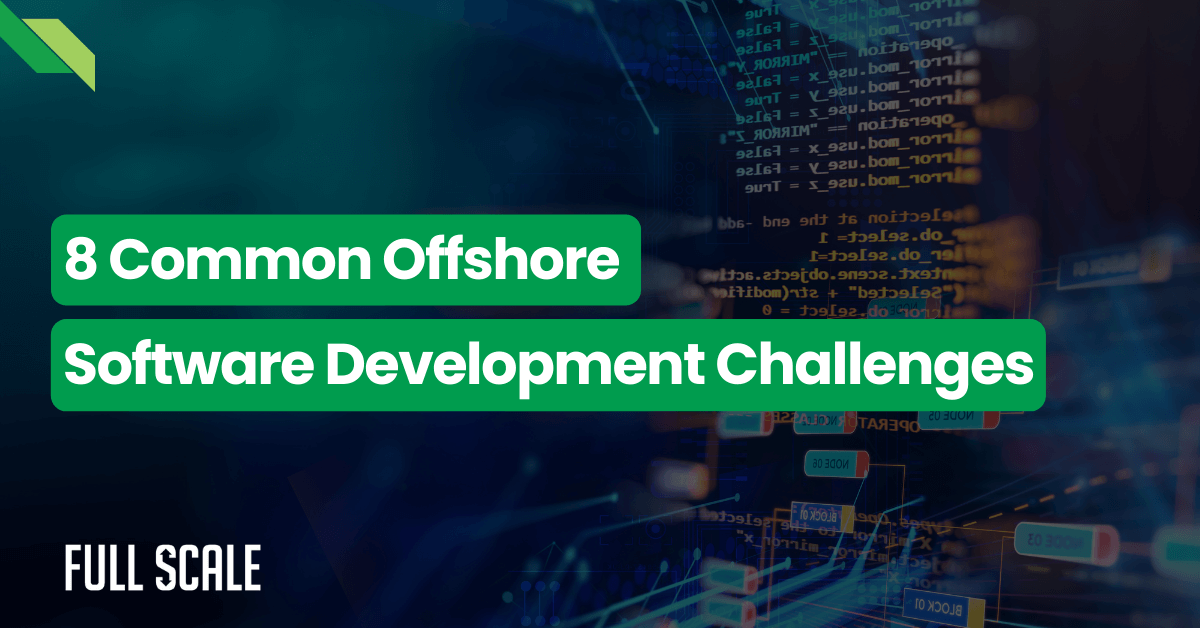Last Updated on 2025-10-19
Here’s something that’ll make VCs squirm: The startups they passed on are scaling faster than their portfolio companies.
Last week, we watched a bootstrap company with $50K destroy a $10M-funded competitor through smart startup offshore development. Turns out, having less money forces you to make better decisions about talent.
What You'll Discover in This Guide
We’ve been in the software development game for 20+ years. We’ve seen both sides of this equation. The startup offshore development approach isn’t just about saving money—it’s about building smarter teams that actually ship products.
Ready to discover why your resource constraints might be your biggest competitive advantage? Let’s destroy some myths.
The VC Funding Trap That Nobody Talks About
Most founders think they need more funding to compete with well-funded startups. That’s what VCs want you to believe. But here’s the reality: VC money creates wasteful hiring practices and bloated teams that kill startup offshore development efficiency.
Watch what happens when startups get their Series A. They immediately start paying 3x market rate for “senior” developers in San Francisco. They hire managers to manage managers who manage developers, while bootstrap companies use startup offshore development to build lean teams.
The average VC-funded startup burns through $375K monthly on engineering salaries before proving product-market fit (Carta, 2024). That’s insanity. Meanwhile, bootstrap companies using startup offshore development build the same products with one-third of the resources.
First 18 Months: Hiring Reality Check
This chart shows the brutal reality of VC-funded hiring waste versus startup offshore development efficiency. Notice how bootstrap companies ship 3x more features with 9x less capital. That’s not a typo—that’s what happens when you can’t afford to be stupid.
But here’s where it gets interesting: constraints don’t just save money—they create innovation.
Why Constraints Create Your Competitive Advantage
Here’s the false belief destroying startups: “More money equals better team equals faster scaling.” Wrong. Dead wrong. Resource constraints force strategic thinking that money can’t buy, especially in startup offshore development.
VC funding creates what we call the “luxury problem.” You can hire expensive talent without validating skills. There’s no pressure to optimize team structure. You can afford to make the same hiring mistakes repeatedly instead of building efficient startup offshore development processes.

This matrix reveals why bootstrap companies outperform their funded competitors. Constraints force discipline, urgency, and innovation that unlimited money destroys.
Meanwhile, bootstrap companies develop superpowers through startup offshore development. Every hire must justify ROI immediately. There’s zero tolerance for politics or bureaucracy. Teams stay lean because they have no choice.
We’ve watched this play out dozens of times. The bootstrap startup scaling strategies always win long-term. Why? Because when you can’t throw money at problems, you solve them properly through smart startup offshore development.
Now let’s talk about how to turn these constraints into your secret weapon.
How Bootstrap Startups Compete With VC-Funded Companies Through Strategic Offshore Development
Startup offshore development isn’t about compromise—it’s about competitive intelligence. You want world-class developers without Silicon Valley salaries. But most companies treat offshore as second-class talent, missing the real power of startup offshore development.
Here’s how bootstrap startups compete with VC-funded companies and actually win:
Capital Efficient Scaling That Changes Everything
The math behind startup offshore development is simple but powerful. Bootstrap companies achieve 60-70% cost savings through offshore development. That money gets reinvested into product and marketing. Your competitors burn cash on office perks while you ship features through lean startup offshore development.
Bootstrap Offshore Development ROI Calculator
This calculator reveals the brutal truth about capital-efficient scaling through startup offshore development. Most bootstrap founders don’t realize how much runway offshore development creates. Use those savings to dominate your market while competitors burn through their Series A.
The Five Bootstrap Advantages Nobody Talks About
Bootstrap companies using startup offshore development gain advantages that money can’t buy:
- Global Talent Access: Not fighting for the same 500 developers in San Francisco
- Operational Discipline: Better documentation because startup offshore development demands it
- Faster Decision Making: No committee approval for every hire
- Lean Startup Methodology: Every team member focuses on shipping, not politics
- Forced Innovation: Resource constraints in startup offshore development create better technical architecture
These advantages compound over time. While your competitors debate hiring decisions in committee, you’re already shipping features.
Real Evidence: Bootstrap vs. VC Scaling Strategies in Action
Let us share two stories that prove startup offshore development isn’t a theory. These are real companies we’ve worked with. Names changed to protect the guilty.
Case Study 1: The $100K David vs. $5M Goliath
A bootstrap SaaS startup raised $100K from friends and family. Their competitor raised $5M from tier-one VCs. Both started the same month targeting the same market.
The bootstrap company built a 12-person team through startup offshore development. The VC-funded competitor hired 30 local developers in Austin. After 18 months, here’s what happened:

This real-world comparison shows exactly how startup offshore development beats traditional VC-funded approaches. The bootstrap company achieved 2.5x the revenue with 1/10th the burn rate.
Case Study 2: Architecture Advantage Through Limitation
Another bootstrap company couldn’t afford complex infrastructure. So they built a simpler, more elegant solution through startup offshore development. Their offshore team suggested an architecture pattern common in Eastern Europe but rare in Silicon Valley.
Result? Their platform handled 10x the traffic at one-tenth the infrastructure cost. The resource constraint in startup offshore development forced better decisions. Their VC-funded competitors are still trying to figure out how they did it.
18-Month Scaling Performance Comparison
This performance chart tells the whole story of startup offshore development success. Bootstrap companies achieve 2.5x better ARR with 20x less capital. Notice how the bootstrap line accelerates after each product launch while VC-funded growth stays linear.
According to recent data from Kruze Consulting (2024), bootstrap SaaS companies using startup offshore development achieve profitability 2.3x faster than VC-funded competitors. Another study by SaaStr shows 67% of successful B2B exits come from companies that raised less than $10M total funding.
The evidence is overwhelming. But knowing this and executing it are two different things.
The Hidden Costs of VC-Funded Hiring Nobody Mentions
We’ve watched brilliant VC-funded startups hire themselves into irrelevance. They create layers of management before having a product. They build HR departments before revenue, while smart founders use startup offshore development instead.
Here’s what really happens with VC money versus startup offshore development. You pay $150K salary plus $50K benefits plus $30K recruiting fees. That’s $230K per developer before they write a single line of code.
Compare that to $60K for an equally skilled developer through startup offshore development. Same output, one-quarter the cost. Multiply by team size and watch your runway evaporate or extend.
The True Cost of Every Hire
This calculator exposes the hidden costs that VC-funded companies ignore. Most founders never calculate lost productivity or management overhead. Those “small” costs destroy your runway faster than anything else.
The bureaucracy trap kills more startups than competition. Multiple interview rounds for simple hires. Committees are making hiring decisions. “Culture fit” is becoming code for expensive preferences that startup offshore development eliminates.
Ready to escape this trap? Here’s your implementation roadmap.
Offshore Development for Cash-Strapped Startups: Your Strategic Implementation
Starting with startup offshore development requires strategy, not desperation. Begin with one offshore developer as your proof of concept. Test the lean startup methodology with minimal risk.
Here’s the three-phase approach for startup offshore development that works:
Phase 1: Proof of Concept (1-2 developers)
Start small to test communication and workflow in a startup offshore development. Pick your best internal developer to mentor them. Measure output, not hours.
Phase 2: Core Team Building (3-8 developers)
Build your startup’s competitive advantage through specialized startup offshore development roles. Create clear documentation and processes. Establish your remote culture.
Phase 3: Department Scaling (8+ developers)
Implement capital-efficient scaling with team leads through startup offshore development. Create specialized pods for different features. Build redundancy without bloat.
Each phase validates the next. You’re not betting everything on offshore—you’re systematically building a competitive advantage that compounds over time.
Build Your Bootstrap Advantage Today
Why Full Scale makes startup offshore development actually work:
- 95% developer retention rate – No constant retraining or knowledge loss
- Direct developer access – No project managers acting as expensive telephone
- US-based contracts – Your IP stays protected, your legal recourse stays clear
- 2-week startup time – While competitors spend months recruiting
- Proven bootstrap track record – We’ve helped 60+ companies scale without VC money
Through smarter talent acquisition in startup offshore development, not bigger budgets. Offshore development gives you access to global talent pools where your dollar goes 3x further. Bootstrap companies develop better vetting processes because they can’t afford mistakes.
You get what you screen for, not where you hire from. Our data shows offshore teams have 40% lower turnover than Silicon Valley teams. Better work-life balance and actual career growth create loyalty.
Combine lean startup methodology with strategic startup offshore development. Start small and scale based on revenue. Use cost savings to extend the runway and invest in the product. Remote-first operations reduce overhead by 60-80%.
Success comes from systems, not size, in startup offshore development. Use asynchronous communication tools, create detailed documentation, schedule regular video standups. Treat offshore developers as full team members with feature ownership.
Resource constraints force better decisions in startup offshore development. Bootstrap companies can’t afford bureaucracy, wasteful hiring, or feature bloat. This discipline creates faster execution, better architecture, and sustainable growth that VC-funded companies rarely achieve.

Matt Watson is a serial tech entrepreneur who has started four companies and had a nine-figure exit. He was the founder and CTO of VinSolutions, the #1 CRM software used in today’s automotive industry. He has over twenty years of experience working as a tech CTO and building cutting-edge SaaS solutions.
As the CEO of Full Scale, he has helped over 100 tech companies build their software services and development teams. Full Scale specializes in helping tech companies grow by augmenting their in-house teams with software development talent from the Philippines.
Matt hosts Startup Hustle, a top podcast about entrepreneurship with over 6 million downloads. He has a wealth of knowledge about startups and business from his personal experience and from interviewing hundreds of other entrepreneurs.




